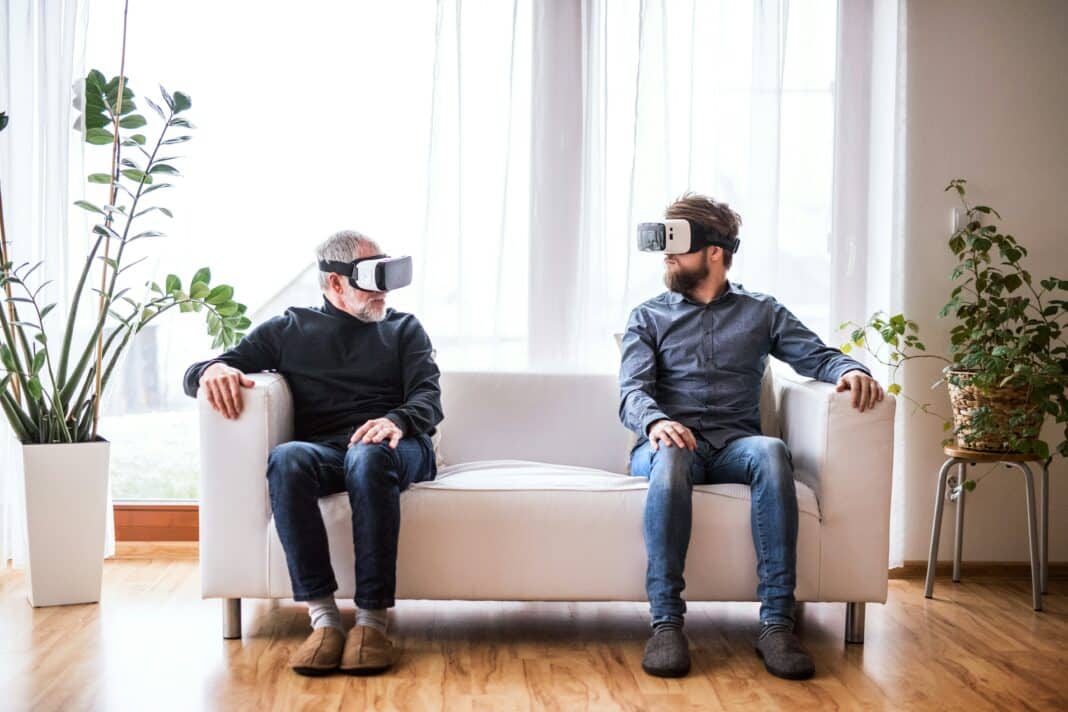We now live in an era that is dominated by screens. Social media and virtual communication have become more common than ever before, and this isn’t always a great thing. You only have to go to your local pub, train station or restaurant to see that screens accompany us almost wherever we go these days. While technology can help to forge new connections for some people and has obvious benefits, it also has the potential to create social isolation and detachment from the world around us. There are, after all, irreplaceable benefits to face-to-face interaction, and it can have a profound impact on our well-being.
The digital world – good or bad?
There’s an interesting paradox of the digital age: while it allows us to connect with people we never would have met before, it can also hinder the ability to form more meaningful connections. After all, social media platforms can lead to more superficial interactions than those we would have in close proximity to friends. Not only this, but many people feel that they cannot be themselves in the virtual world and may have an image that they would like to project, meaning they can’t be themselves with the people they build connections with.
While social media and online chat can be beneficial, especially for many people who lack the ability to go out and meet people or who suffer from social anxiety, it is important to be aware that living life solely online is not always the best way to go.
The science
A significant body of research points to the fact that face-to-face interactions trigger the release of a hormone called oxytocin. This promotes bonding and trust. While the hormone dopamine is known to be released in some online interactions, oxytocin is not released in the same way in virtual interactions. This means that by keeping your connections solely online, you will not benefit from the unique importance of physical presence in building solid relationships with other people.
Non-verbal communication
A certain level of nuance is difficult to replicate in online messaging. How many times have you sent a text message that has been misconstrued in its tone, for example? Nonverbal cues can be highly advantageous in ensuring that intentions are not lost in communication. Facial expressions, body language, and tone of voice play a vital role in all aspects of communication, and this is somewhat lost in the digital world.
It is also difficult to have shared experiences online. While people can play games with each other online to a certain extent, face-to-face interactions rarely translate in the same manner.
How to break free from your screen – online to offline gaming
It’s so difficult to unplug and engage in offline activities these days. We are constantly reminded that there are things to look at, interact with and engage with on our devices. However, it is possible to get away from all this but still enjoy the activities you enjoy.
One avenue that has seen a resurgence in recent years and is bridging the gap between offline and online interaction is tabletop gaming. Games such as Magic: The Gathering, a tabletop strategy game, offer players the chance to experience face-to-face connections with other like-minded individuals and engage in competition and social interaction while playing a game that requires strategy and concentration. These events help to foster genuine connections and build a community beyond the digital. A rise in the popularity of gaming events such as this, both on a local and national level, means players can come together to play and connect with fellow enthusiasts but still interact online when they’re unable to get to events.
This sort of gathering offers a much-needed break from the digital world. It allows people to not only work on cognitive skills such as problem-solving memory and critical thinking but also share laughter, build lasting friendships, and engage in meaningful conversations with people offline.
This is just one example. These days, more people are discovering initial online activities that can be taken offline and enjoyed in their own communities. Support groups, photography clubs, creative arts and more can be accessed in a hybrid manner, allowing people to enjoy activities both in the real world and the digital world. This makes them more accessible than ever before.
It’s obvious that technology has revolutionised the way we can connect with others, and it’s not all bad. However, it’s important to balance this with the irreplaceable experience of face-to-face connection. By putting our phones down and entering the real world for awhile, we can remember that while technology benefits us, it can never replace the feeling of laughter and fun with friends.



